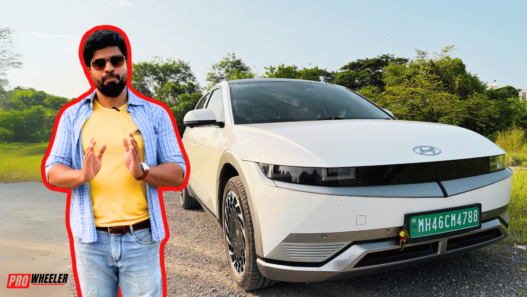A recent analysis by LeapFrog Investments, in collaboration with Temasek, Mahindra Last Mile Mobility Limited, and Battery Smart, highlights a $1.3 trillion investment opportunity for emerging electric vehicle (EV) markets in South and Southeast Asia by 2030. The study, published on Friday, underscores India as a key player in leading this green capital absorption.
Driving a Greener Future
Souleymane Ba, partner and co-head of climate investment strategy at LeapFrog Investments, emphasized that private markets and impact investors are uniquely positioned to drive the future of mobility. He highlighted the substantial role they can play in shaping a more sustainable transportation ecosystem, specifically within developing countries.
The report sheds light on a key milestone for EV affordability in these regions, particularly in India. The cost of owning an electric vehicle has already fallen below that of traditional internal combustion engine (ICE) vehicles. The study notes that electric scooters and three-wheelers, integral to the region’s transport systems, are now $40 to $112 cheaper per year to own compared to their fuel-powered counterparts.
The Shift to Electric Mobility
One of the significant findings of the report is the rising demand for electric vehicles among first-time buyers. Mahindra Last Mile Mobility Limited reported that more than 70% of EV three-wheeler customers in India come from low-income households and are purchasing a vehicle for the first time. This demand is contributing to the rapid expansion of the EV market in India and other developing nations in the region.
With EV production on the rise, the infrastructure supporting electric mobility is also growing. Case studies from Mahindra Last Mile Mobility Limited and Battery Smart demonstrate the increased production and development of battery-swapping and recharging facilities in the area. These developments are helping to meet the demand for EVs, particularly as green transportation becomes more affordable and accessible to the masses.
Investment in Infrastructure Needed
While the outlook for EV markets is positive, the report emphasizes the urgent need for further investment in infrastructure to support this transition. The expansion of battery-swapping stations and charging networks is critical to accelerating EV adoption. Battery-swapping, in particular, has become a game-changer in enhancing EV recharging infrastructure, thanks to the collaboration between various car manufacturers to create compatible battery systems.
The growing network of battery-switching stations is poised to reduce charging times and increase efficiency, making electric mobility more viable for consumers. Despite the rising demand and expanding infrastructure, the report highlights the need for ongoing investment to fully unlock the region’s potential.
The Global Impact of Electrification
The urgency to electrify the mobility sector is driven by the increasing emissions from transportation. In Asia, mobility emissions account for 10% of the region’s total greenhouse gas emissions, compared to 25% in Europe and 30% in the United States. As incomes rise in developing countries across Asia, rapid electrification is essential to prevent further environmental degradation and meet global climate goals.
With the right infrastructure, investment, and policy support, the $1.3 trillion opportunity in South and Southeast Asia’s EV markets could not only transform the future of mobility but also significantly contribute to the reduction of global emissions.




















